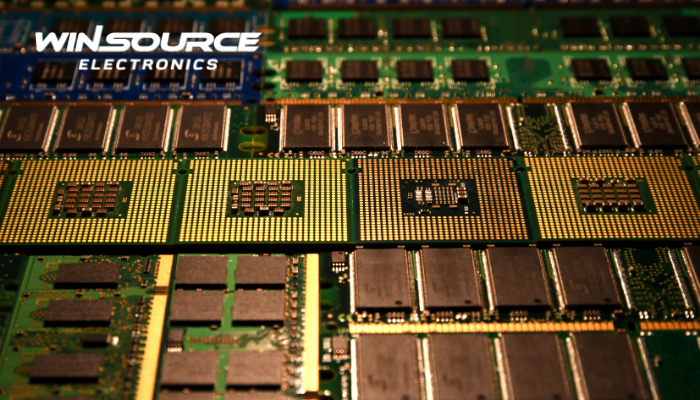
* Question
Briefly Describe the FPGA Technology Based on RRAM
* Answer
RRAM-based FPGA technology refers to Field-Programmable Gate Arrays that use RRAM (Resistive Random Access Memory) as the configuration storage element instead of traditional SRAM or Flash.
RRAM stores data by changing the resistance state of a memory cell, enabling non-volatile and high-density FPGA configuration.
1. What RRAM Does in an FPGA
In an FPGA, configuration memory controls:
- Logic functions
- Routing connections
- Switch states
When RRAM is used for configuration:
- The FPGA retains its configuration after power-off
- No external configuration memory is required
- The device can power up instantlywith its logic already defined
2. Key Characteristics of RRAM-Based FPGAs
RRAM-based FPGA technology offers several notable advantages:
- Non-volatile storage
- High integration density
- Low static power consumption
- Fast configuration and instant-on behavior
- Good scalability with advanced process nodes
These characteristics make RRAM attractive for next-generation FPGA architectures.
3. Comparison with Traditional FPGA Technologies
Compared with other FPGA configuration technologies:
- SRAM-based FPGAs
- Require external configuration memory
- Lose configuration when powered off
- Flash-based FPGAs
- Non-volatile, but limited in scaling and write endurance
- RRAM-based FPGAs
- Combine non-volatility with high density and CMOS compatibility
This positions RRAM as a promising alternative for future FPGA designs.
4. Typical Application Areas
RRAM-based FPGAs are particularly suitable for:
- Low-power and edge computing devices
- Embedded and IoT systems
- Security-sensitive applications
- Instant-on industrial control systems
Conclusion
RRAM-based FPGA technology uses resistive memory cells to store FPGA configuration data.
By offering non-volatility, low power consumption, high density, and instant-on capability, RRAM provides a promising path for next-generation FPGA architectures.

COMMENTS